Mr. Thai said that he used to make lamps from glass. Realizing that this material was quite heavy and easily broken during transportation, he looked for a lighter material that still ensured aesthetics and quality. “After many experiments on many types of materials, I accidentally succeeded with lotus leaves. In addition to being light, lotus leaves also meet the requirements for color and aesthetics. In 2012, I launched decorative lotus leaf lamps, then lotus leaf fabric products for painting and finally bags, like today,” said Mr. Thai.
To create unique products from lotus leaves, Mr. Thai traveled to lotus ponds in An Giang , then went all the way to Dong Thap Muoi to find suitable lotus leaves. However, lotus leaves have the characteristic of quickly withering, becoming dry and brittle after only 10 minutes of being pulled out of the water. Therefore, the most difficult part is to process the lotus leaves so that they retain their original shape. To keep the leaf membrane and the lotus leaf skeleton together takes a lot of time and effort. But in return, each lotus leaf will have a completely different leaf membrane and leaf grain, so when the product is produced, it will also have different colors and grain details that are completely "unique" to any other product," said Mr. Thai.
Mr. Lieu Truong Thai next to the work Buddha Sakyamuni entering nirvana made from lotus leaves
Up to now, Mr. Thai has created 4 main products including lotus lamps, lotus leaf paintings, lotus leaf bags and wallets and lotus calligraphy. Among them, lotus leaf paintings have the most designs such as lotus paintings of Buddha, Dong Ho lotus paintings, lotus portrait paintings of characters, about the landscapes of the country and people of Vietnam.
In addition to simple lotus leaf products, Mr. Thai also uses branches of the yellow cajuput tree - a very popular tree on Phu Quoc island - to create imitation tiles to decorate house walls and feng shui vases. He combines lotus leaves with yellow cajuput tree roots to create very impressive and eye-catching decorative lamps. Mr. Thai shared: "I create products from lotus leaves and yellow cajuput trees, in addition to business factors, partly to create more diversity for the souvenir product line and promote the image of Phu Quoc pearl island in particular, Vietnam in general to domestic and foreign tourists. I also dream that one day in the near future, my products will be officially exported, not just through tourists like now".
Currently, depending on the size, Mr. Thai's products are sold for a few hundred thousand VND to hundreds of millions of VND per product, and are well received by consumers and tourists. In addition to selling products, Mr. Thai opened a tourist attraction called "Vietnamese Lotus Leaf", located on the Cable Car Road, Phu Quoc Special Zone, attracting a large number of domestic and foreign tourists to visit and experience. Coming here, visitors can experience many activities such as visiting the space displaying handicraft products from lotus leaves and yellow cajuput trees, writing calligraphy on lotus leaves, sewing lotus leaf bags and wallets, and combining lotus leaf paintings... In addition, visitors can also enjoy lotus tea, dried lotus seeds, and lotus seed jam with family and friends.
Coming to the “Vietnamese Lotus Leaf” attraction with a group of people, Mr. Nguyen Thanh Binh, a tourist from Ho Chi Minh City, shared: “I was surprised and impressed by the lotus leaf products. These are unique and creative works of art that are imbued with Vietnamese culture. I think these products are not only popular in the domestic market but also in the international market.”
Article and photos: PHAM HIEU
Source: https://baoangiang.com.vn/la-sen-thanh-san-pham-sang-tao-a424864.html


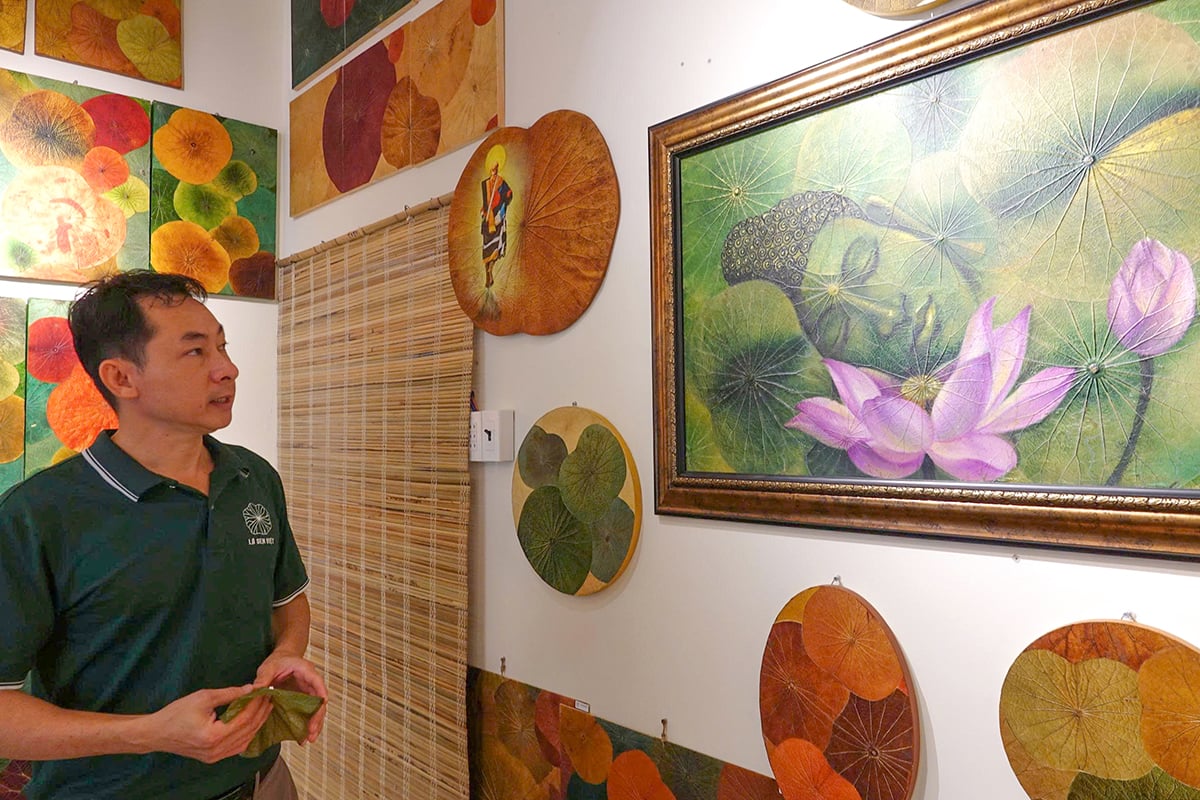
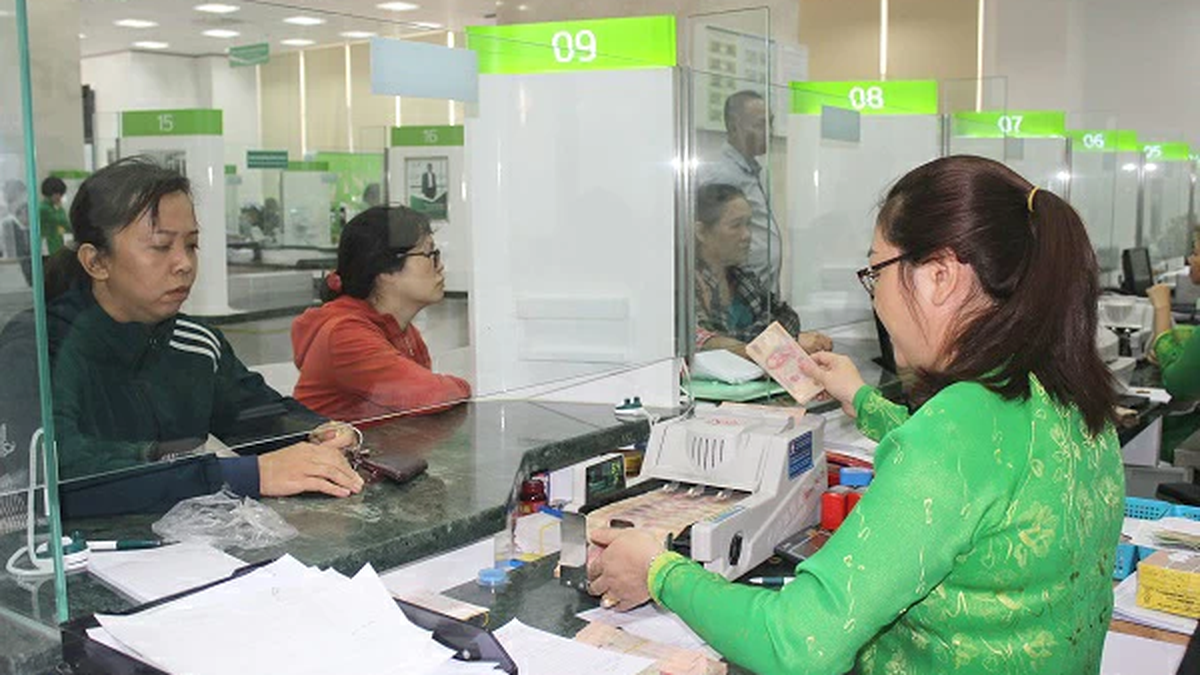


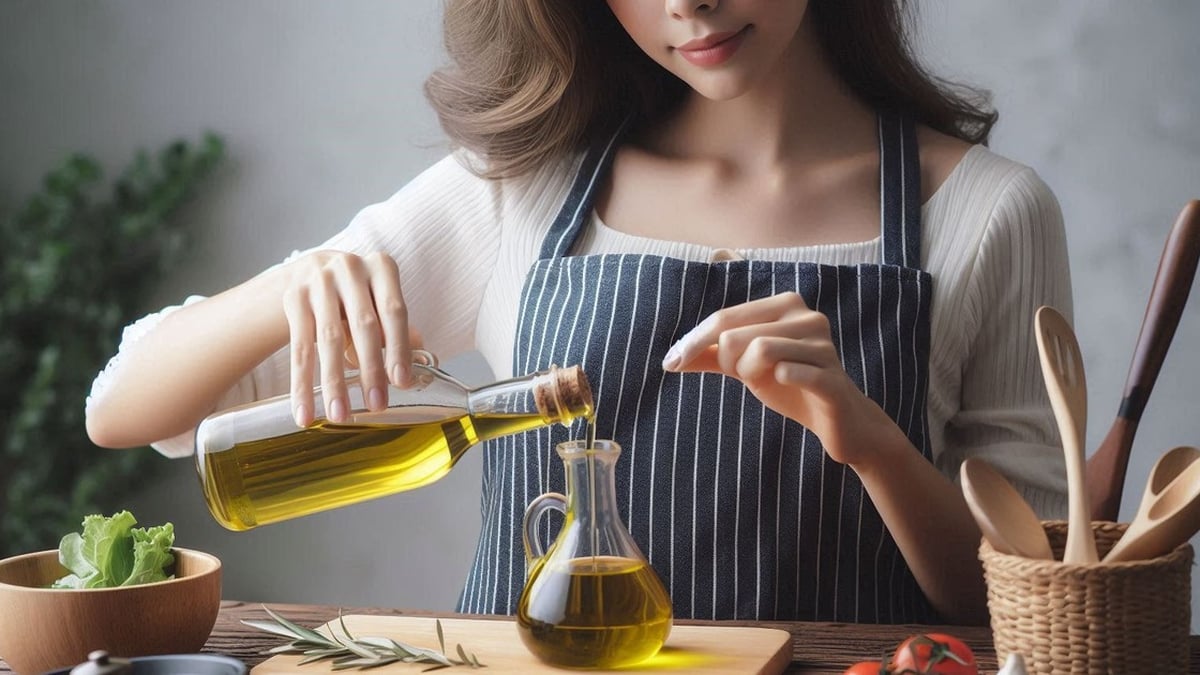

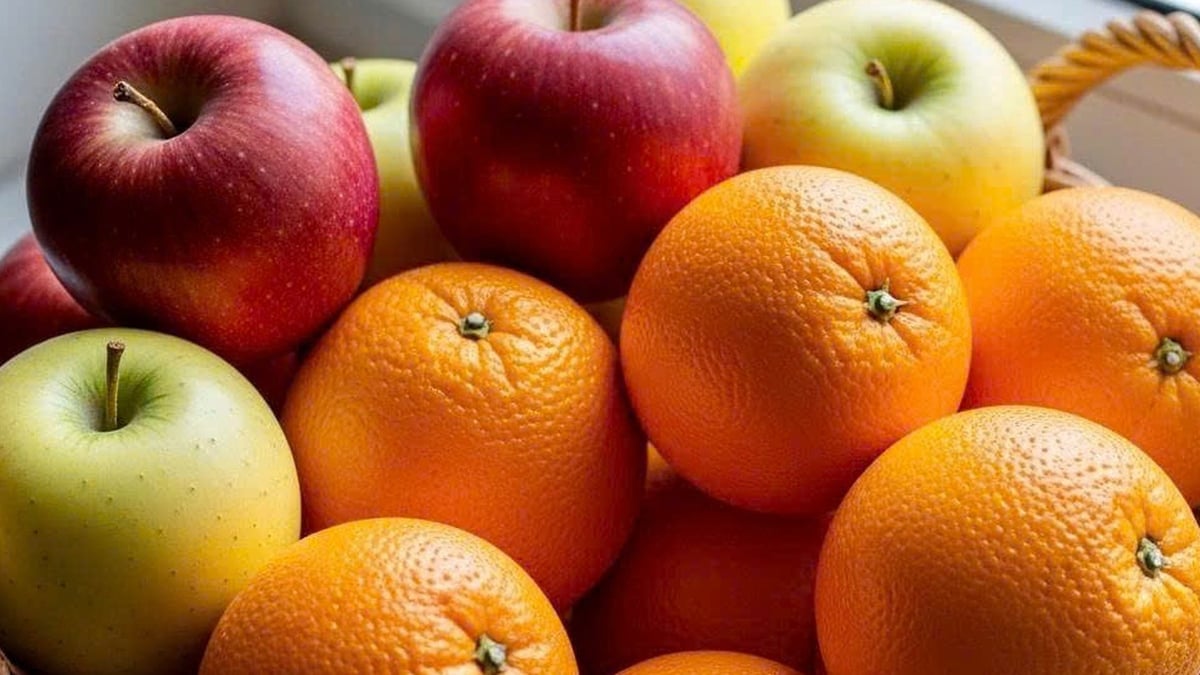
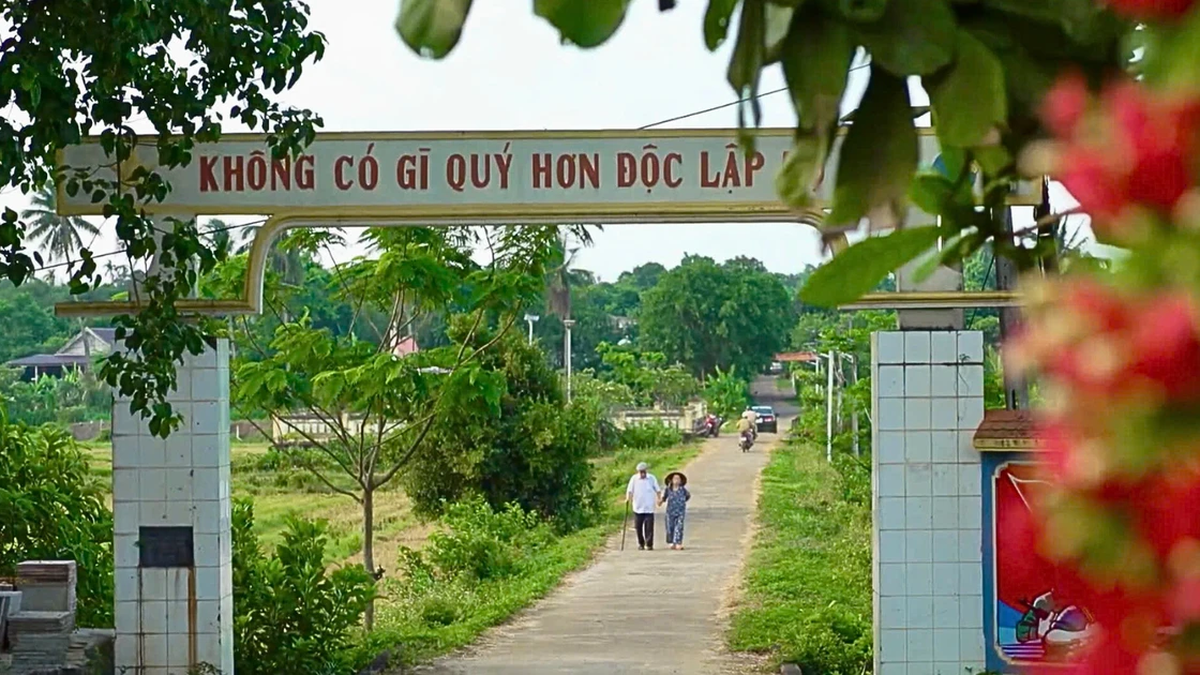

























































































Comment (0)